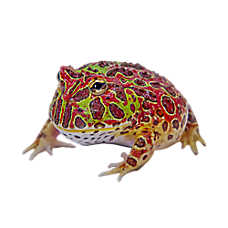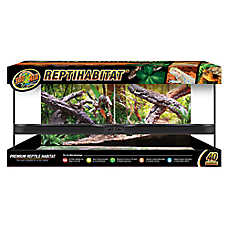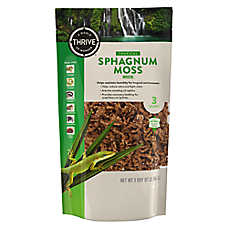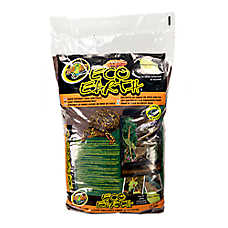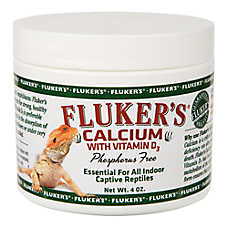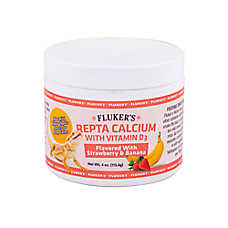Pacman Frog
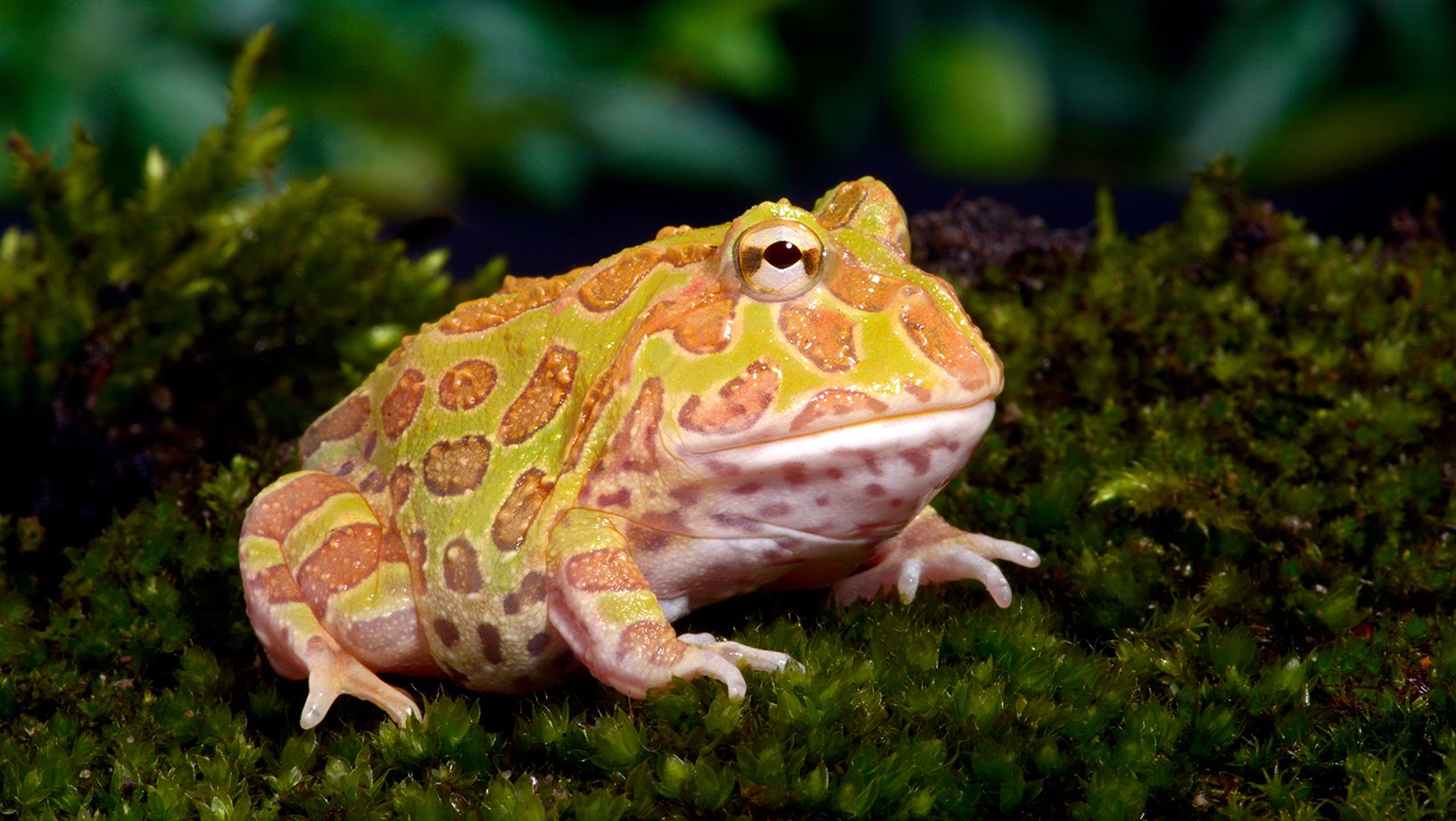
In this Article
Cute and croaky Pacman Frogs
Pacman frogs get their name for their resemblance to the Pac Man video game, with their sphere-shaped bodies and large mouths. These frogs are native to South America and spend their time on land. Despite being frogs, these animals are poor swimmers. Instead, the Pacman Frog is an ambush hunter and will stay in one place waiting for prey to get too close. Unlike most other species, the Pacman frog is unique in that they actually have teeth!
Pacman frog species profile
Size: Pacman frogs typically reach 4-6” in size, but can grow up to 8" (20cm).
Lifespan: On average they live 10-15 years
Habitat: Pacman frogs are terrestrial frogs, meaning they spend their time on land rather than the water. In the wild they live in moist grasslands, spending most their time partially buried.
Behavior: These frogs spend much of their time buried and can be very good at hiding and camouflaging. Pacman frogs are notorious for being low-energy animals in that they will spend hours in one place, waiting for prey to pass by. That’s not to say they are not active animals, they will happily use every inch of their enclosure!
Temperament: Because these frogs have teeth, caution should be used as a startled Pacman frog may bite if scared or threatened! Since Pacman Frogs like to eat anything that can fit in their mouth, these frogs should be housed alone as they will try to eat anything that gets too close to them, including their neighbors
Handling tip: Because frogs have porous skin, if you plan to handle your frog, it is recommended you wash your hands prior to handling or wear gloves in order to prevent your pet from absorbing any lotion or anything else that might be on your skin that could make your frog very sick
Setting up your Pacman Frog habitat

Pacman frogs thrive in warm, humid enclosures that mimic the forest floor. They are not climbers and do not need vertical space, but they do require deep, soft substrate to burrow and stable conditions to stay healthy.
Enclosure setup and substrate
- Use a 20-gallon glass terrarium with a secure, screened lid for airflow
- Line the bottom with 2–4 inches of moisture-retaining substrate such as sphagnum moss, peat moss, or coconut fiber
- Spot clean daily and stir bedding every two weeks to prevent mold
- Replace all substrate monthly
Décor and enrichment
- Provide live or artificial plants to maintain humidity and offer hiding spaces
- Use sturdy branches, bark hides, or foliage to give your frog cover and security
- Safe plant options include pothos, spider plants, aloe, philodendrons, ficus, and dracaena
Temperature and humidity
- Use two digital thermometers (one on each side of the tank) and a hygrometer to monitor the environment. A low-wattage heat bulb or under-tank heater can help maintain warmth.
- Many reptiles and amphibians benefit from having access to UVB lighting. UVB allows the body to synthesize vitamin D3 which is critical for absorption of calcium. Some daylight bulbs will be rated to also provide UVB, and some won’t so it is important to check. Providing low-intensity UVB light over one side of your pet’s habitat is recommended to help support long-term bone health.
Zone | Temperature |
Day | 75 to 85°F (24–29°C) |
Night | 65 to 75°F (18–24°C) |
Humidity | 70 to 80% |
What to feed your Pacman frog
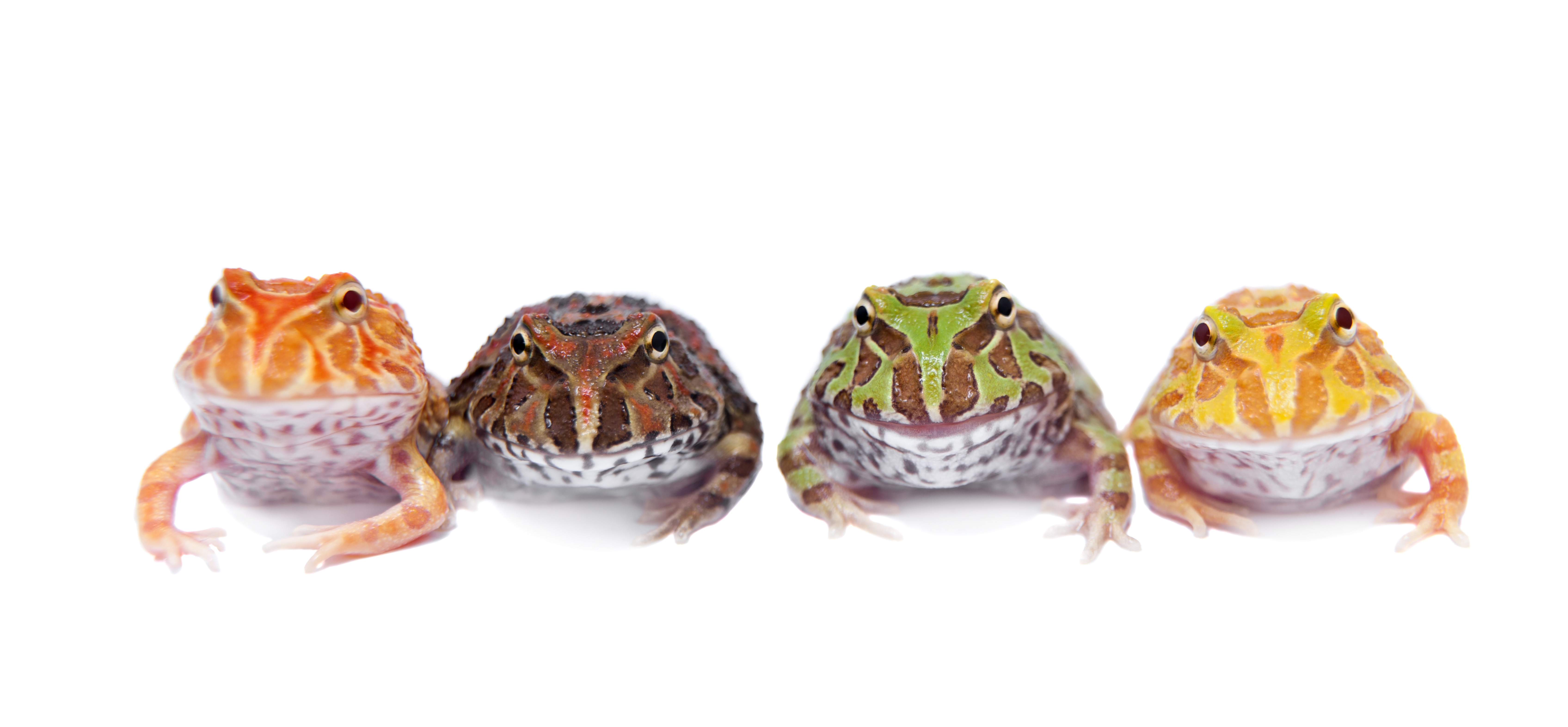
Despite the name, Pacman frogs do not eat digital ghosts. Pacman frogs are ambush predators with big appetites. Their diet should be rich in variety, with a focus on gut-loaded insects and occasional vertebrate prey. Feed in the evening when your frog is most active.
Insect diet
Offer a rotation of gut-loaded insects:
- Crickets
- Dubia roaches
- Black soldier fly larvae
- Mealworms (occasionally)
- Superworms or waxworms (as treats only)
Dust insects with:
- Calcium powder: 2 times per week
- Reptile multivitamin: Once a week for juveniles, twice a month for adults (or as directed by your veterinarian)
Only feed insects that are smaller than the width of your frog’s head. Remove uneaten insects after 60 minutes to prevent injury or stress to your pet.
Occasional vertebrate prey
Every few weeks, adult Pacman frogs may be offered:
- A thawed, frozen pinky mouse (size-appropriate)
- A small feeder fish or feeder lizard (optional)
These items are calorie-dense and should not be a part of their everyday diet. However, in the wild, Pacman frogs are known to try to eat just about anything that fits in their mouth, so the occasional small guppy may provide some natural dietary variation. Insects should still be the primary source of food for your frog.
Never offer live vertebrate prey. Live vertebrate prey may cause stress or physical harm to your frog.
Feeding frequency
- Juveniles: Every 2 days
- Adults: Every 2–3 days
Your frog should finish its meal within 30 to 60 minutes. Avoid overfeeding, as Pacman frogs are prone to obesity.
Water and hydration
- Use a shallow dish filled with clean, dechlorinated water
- Replace water daily
- Your frog may soak or defecate in the water, so check and clean the dish often
What does “gut-loaded” mean?
Gut-loaded insects have been fed a nutrient-rich diet before being offered to your frog. This improves the nutritional value of the prey and helps prevent deficiencies.
Safety reminder
Never feed your Pacman frog wild-caught insects. They may carry parasites or pesticide residue that can make your pet very sick.
When to see a vet
In addition to regularly scheduled appointments, contact your amphibian veterinarian if you notice the following signs:
- Hiding more than usual
- Eating or drinking less; weight loss
- Swollen joints or reluctance to move
- Discharge from the eyes, nose or mouth
- Discolored skin
- Runny or decreased droppings
- Inability to open/close mouth
Go to “find a vet” on arav.org for help finding an amphibian veterinarian in your area
SHOPPING CHECKLIST
- 20 gallon tank/terrarium or larger, with secured screen lid
- Organic sphagnum or peat moss
- Daytime heat and/or fluorescent bulb and fixture
- Heat mat or nighttime bulb
- Habitat thermometer(s) and hygrometer
- Thick branches, plants and/or cork bark for exploring and hiding
- Spray bottle or an automatic fogger/mister
- Water dechlorinator and conditioner
- Food bowl and water bowl
- Crickets, dubia roaches, hornworms, super worms and mealworms
- Calcium powder
- Multivitamin powder
Ready to learn more?
This guide is a great starting place, but we encourage you to do more research on the individual species that you are keeping so that you can be as successful as possible!
Related guides:
FAQs
How often should I feed my Pacman frog?
Juveniles should be fed every two days, while adults can eat every two to three days. Feed in the evening and remove uneaten food after an hour.
Can Pacman frogs eat mice?
Yes, adult frogs can occasionally eat thawed pinky mice. These should only be offered once or twice a month, as they are very high in fat and protein.
Do Pacman frogs need UVB light?
While Pacman frogs can survive without UVB, low-level UVB exposure may help with calcium absorption and overall health. It’s recommended, especially if you’re not dusting food consistently with supplements.
Why is my Pacman frog buried all the time?
This is normal. Pacman frogs often burrow to stay cool, feel secure, or wait for prey. As long as your frog is eating, pooping, and not showing signs of illness, this behavior is expected.
Can I house more than one Pacman frog together?
No. Pacman frogs are solitary and highly aggressive toward other animals, including other frogs. They will attempt to eat anything that moves within reach, even members of their own species.
